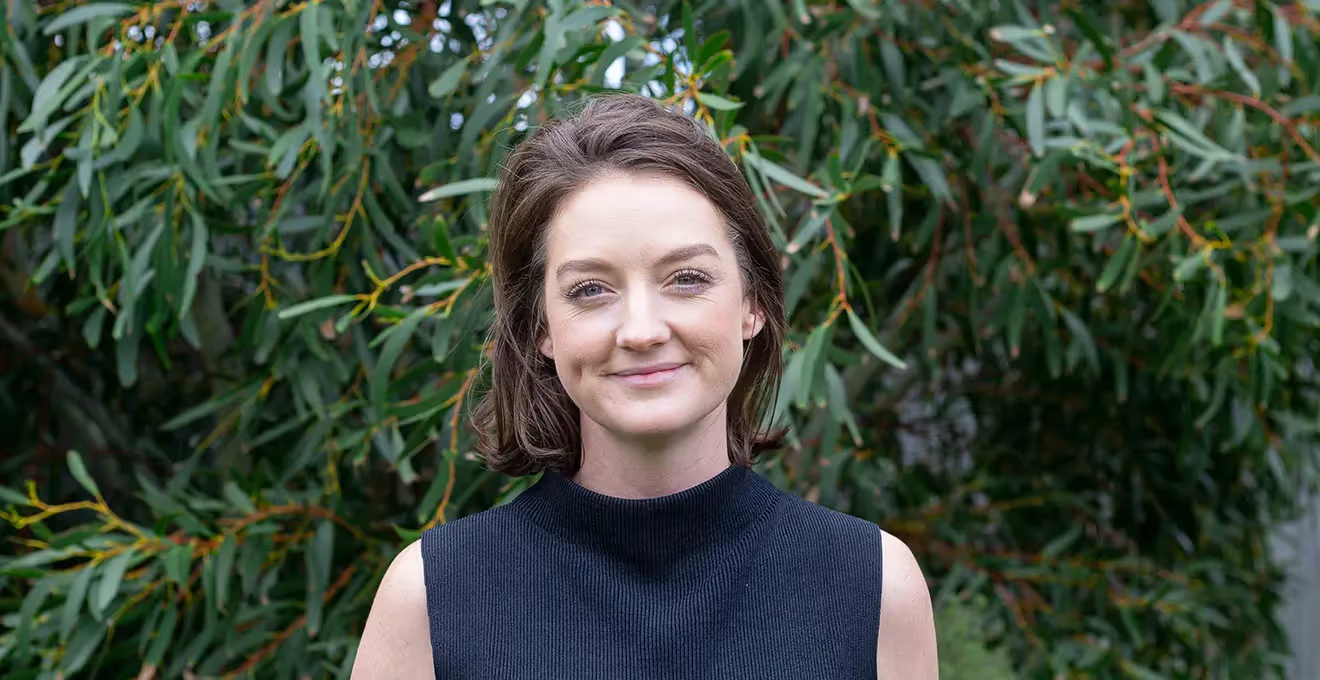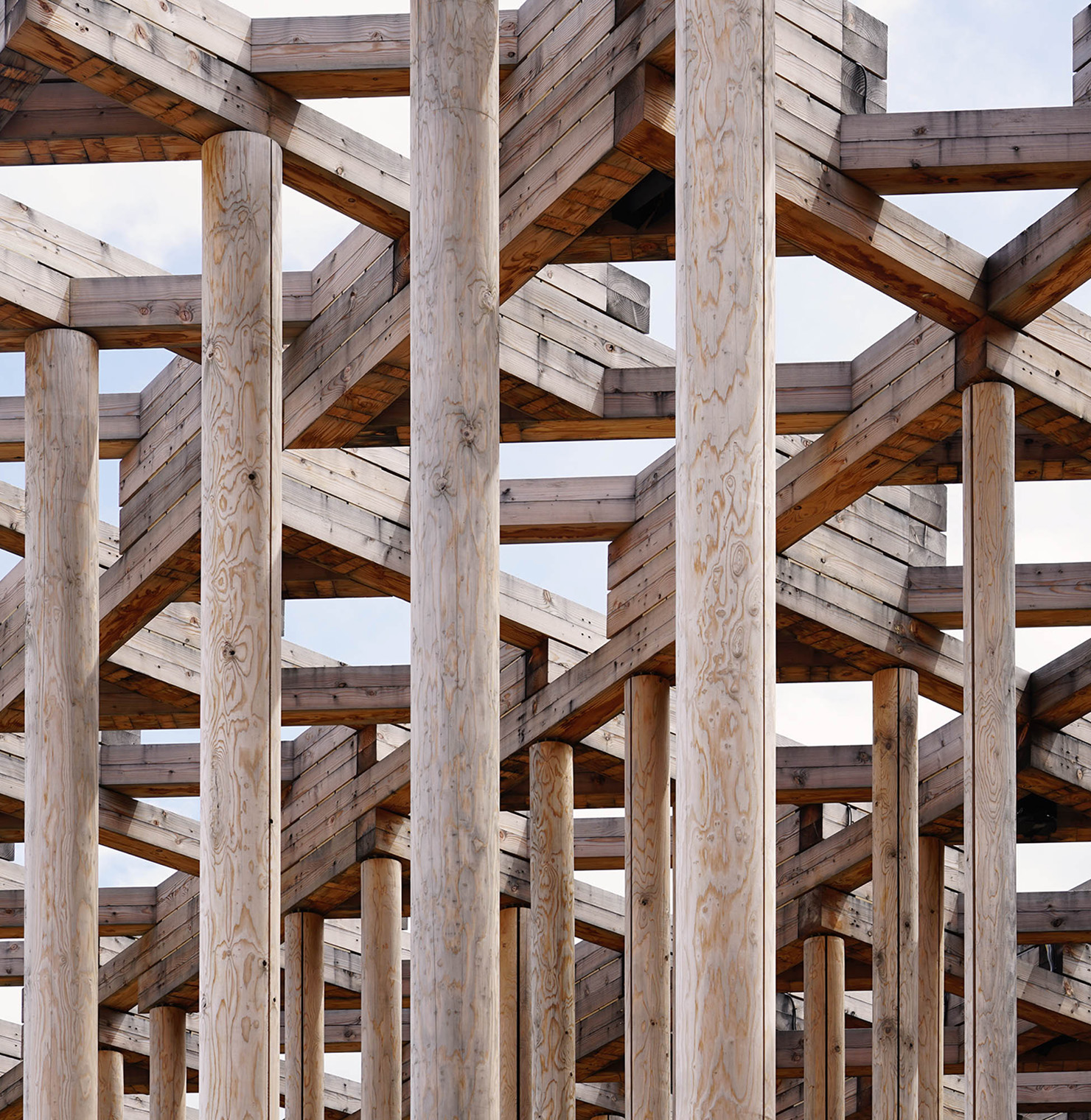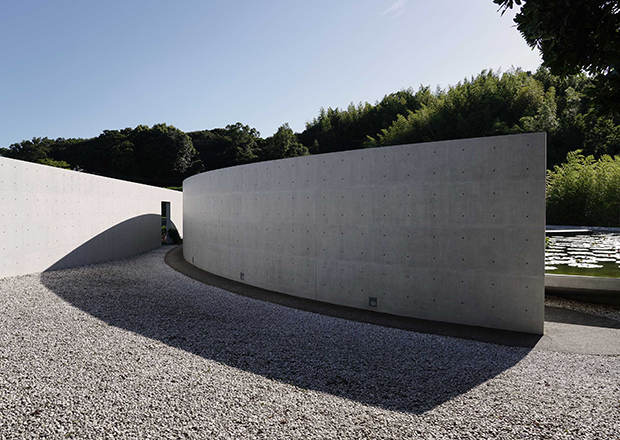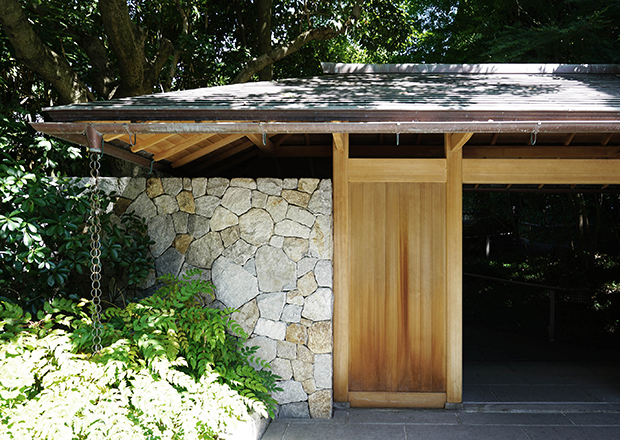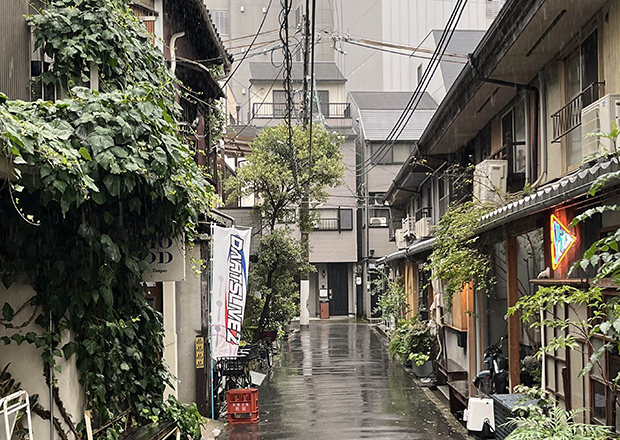Last week, we had the privilege of visiting the World Expo 2025 in Osaka, an event which brings together countries and organisations to explore the theme “Designing Future Society for Our Lives,” with a particular focus on global environmental challenges. Located on the artificial island of Yumeshima in Osaka Bay, the event offers across-section of ideas, technologies and materials being proposed to shape a more sustainable future.
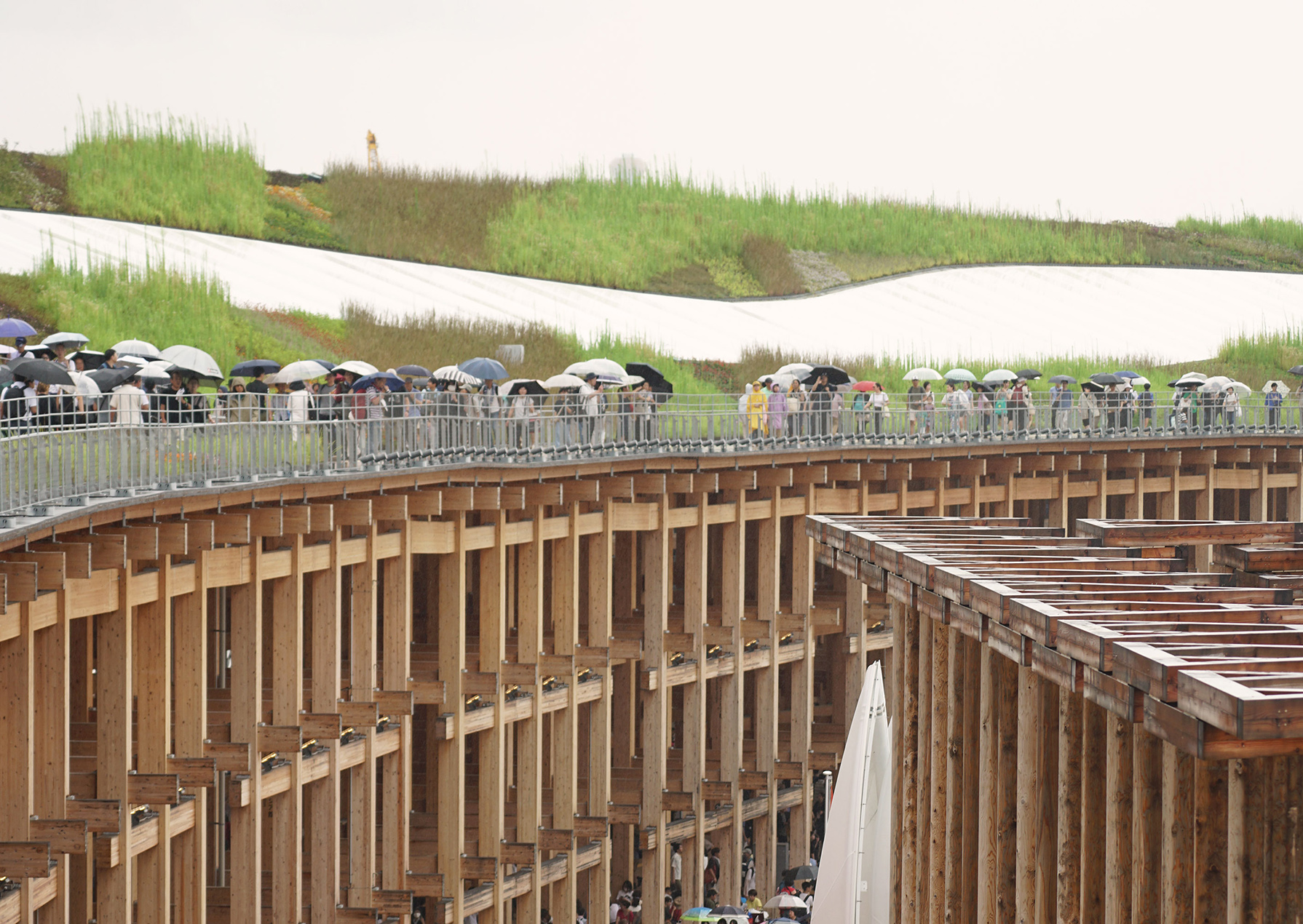

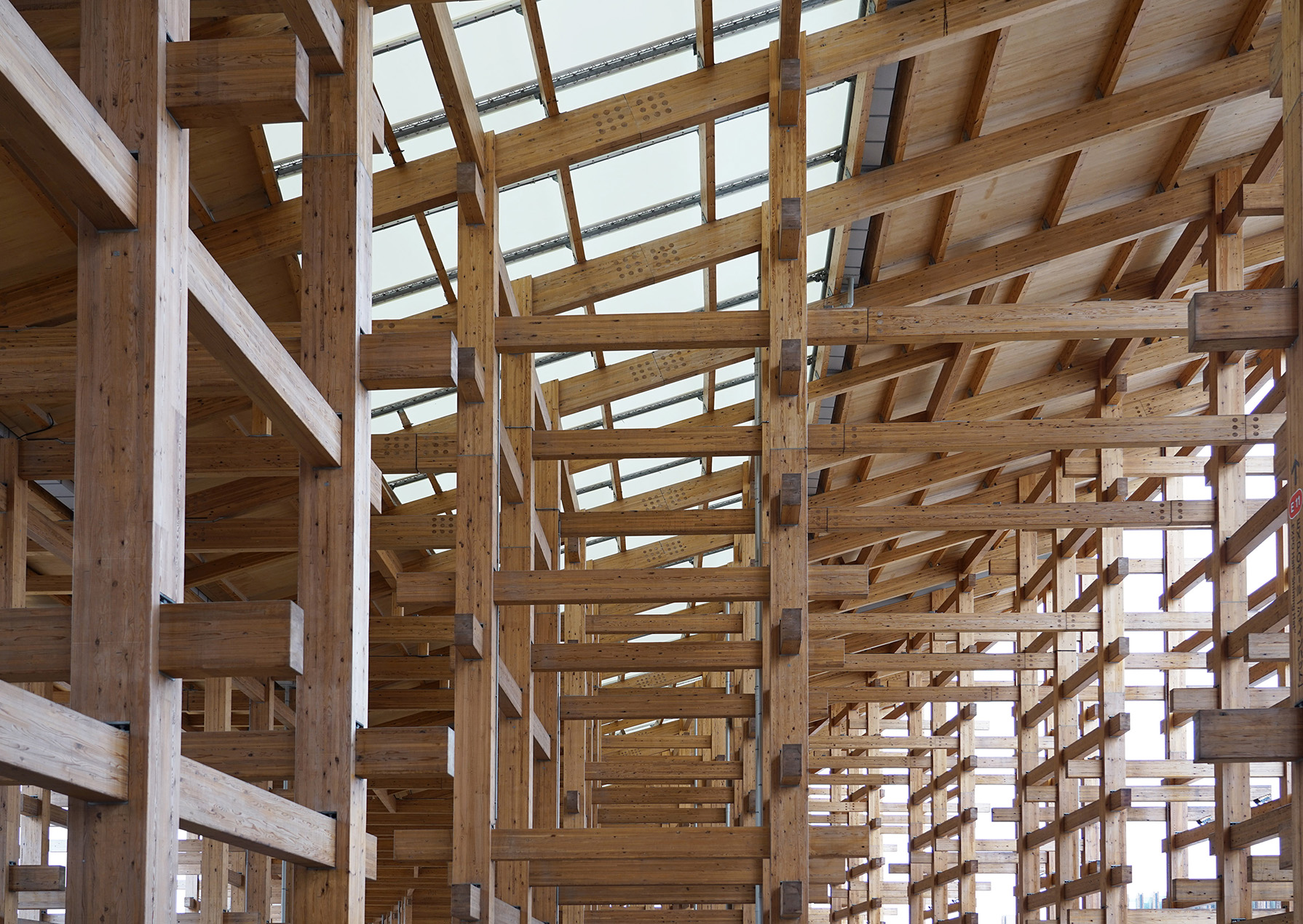
A defining feature of the Expo is the Grand Ring, the largest timber structure in the world, designed by Sou Fujimoto Architects. Suspended above the ground, it’s both a symbolic and functional centrepiece: a circular gridded walkway offering views over Osaka Bay, shelter from the elements, and a vision for circular design thinking. The undulating green roof integrates plantings across the structure, blurring boundaries between building and landscape. Remarkably, it was designed to be dismantled, a nod to impermanence and future reuse.
One of the standout exhibits was the Blue Ocean Dome pavilion, commissioned by ZERI (Zero Emissions Research and Initiatives) and designed by Shigeru Ban. Set within a shallow reflective pool, the pavilion comprises three interconnected domes — one bamboo, one carbon fibre reinforced plastic, and one paper tube structure, showcasing materials that are renewable, lightweight, and adaptable. Ban’s use of paper tube, a material he’s pioneered for decades, reminds us that everyday, low-tech materials can be used in extraordinary ways.
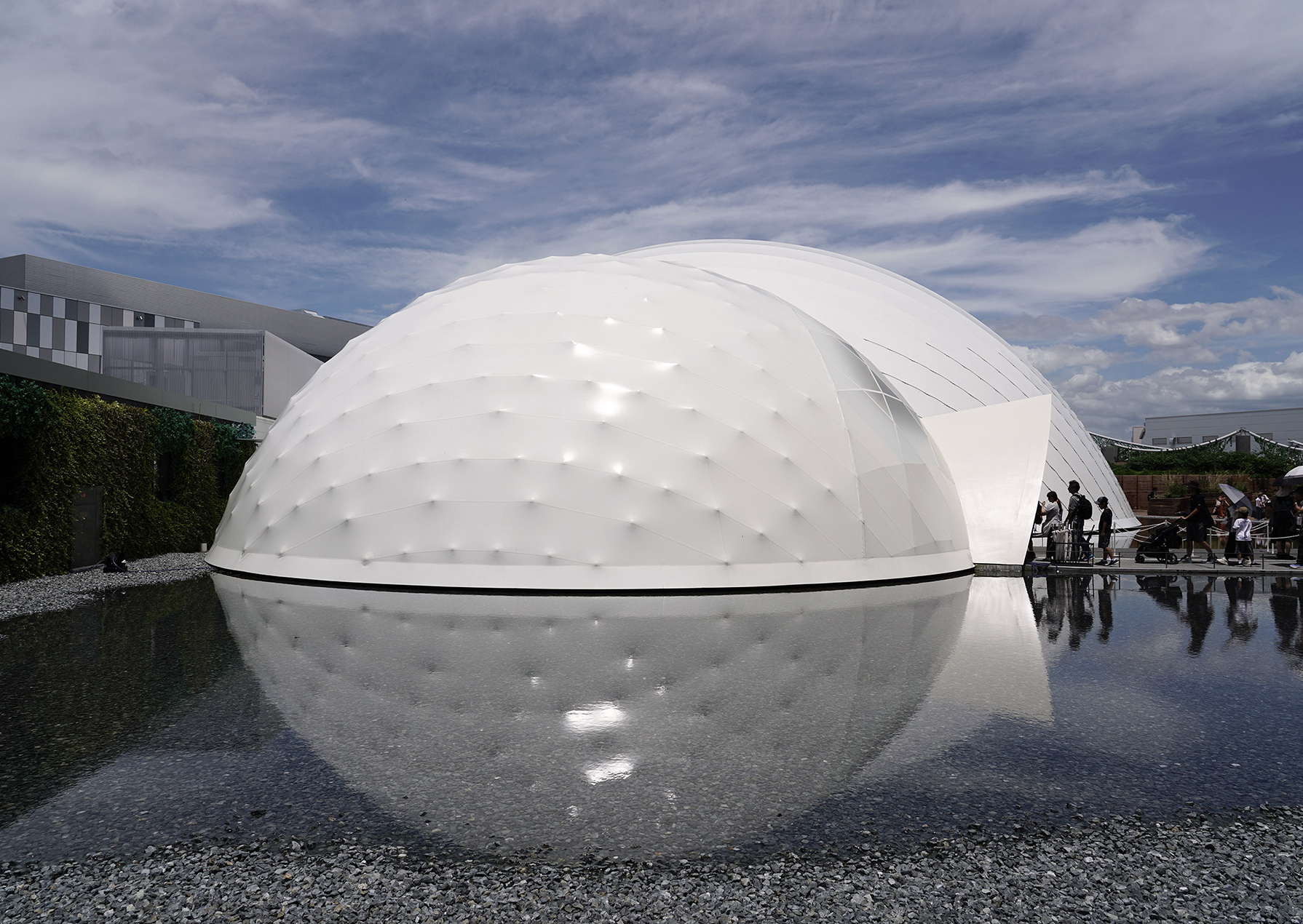
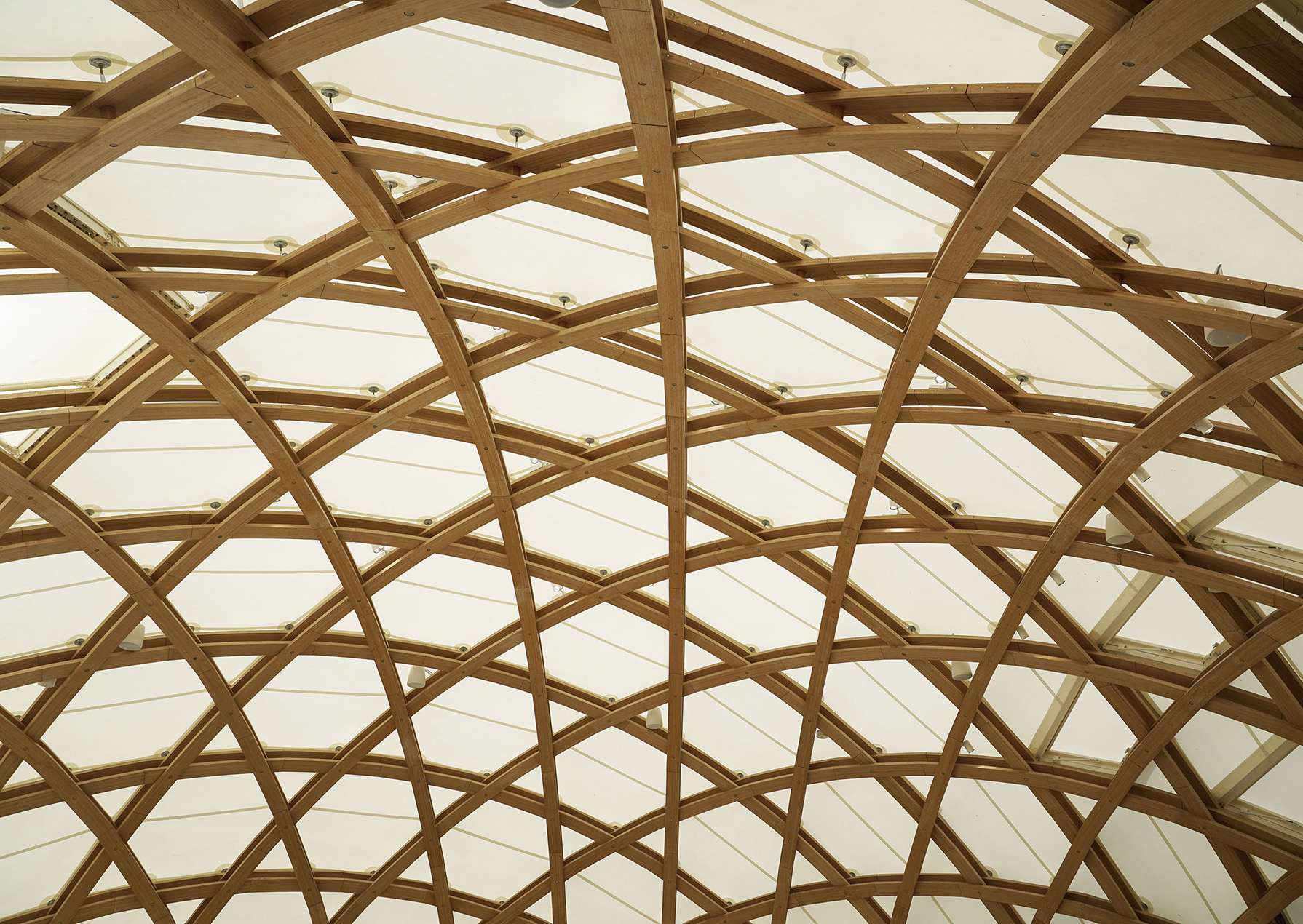
Each dome embodied a different response to sustainability and construction constraints. Bamboo, which is fast-growing, carbon-sequestering and three times as strong as timber, was a reminder of efficiency found in the natural environment. Carbon fibre, while costly, offered strength without weight which was critical on Yumeshima’s soft reclaimed land. The paper tube dome reflected Ban’s ongoing exploration of the recyclable, low cost material. Inside, audiovisual installations and a kinetic water sculpture called attention to marine pollution and the urgent need to move beyond single-use plastics.



Hungry for more?
Make sure you subscribe to our newsletter and follow The Sociable Weaver on Instagram for design tips, inspiration, and behind the scenes of our latest builds.
Join our newsletter
